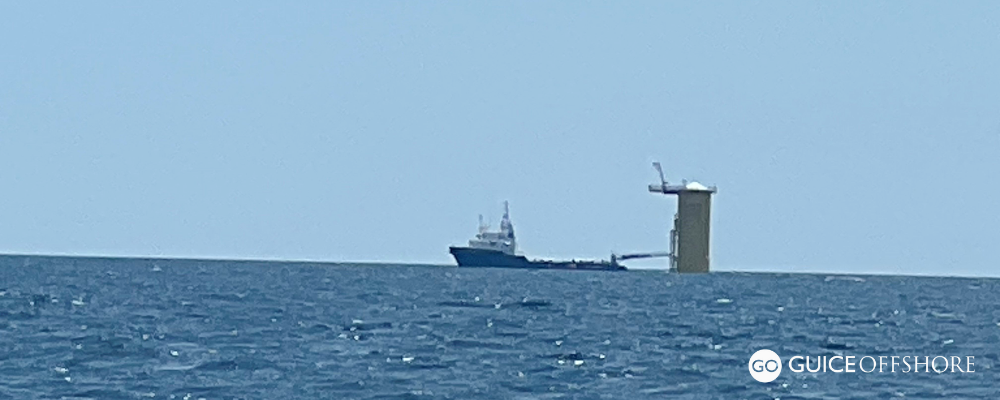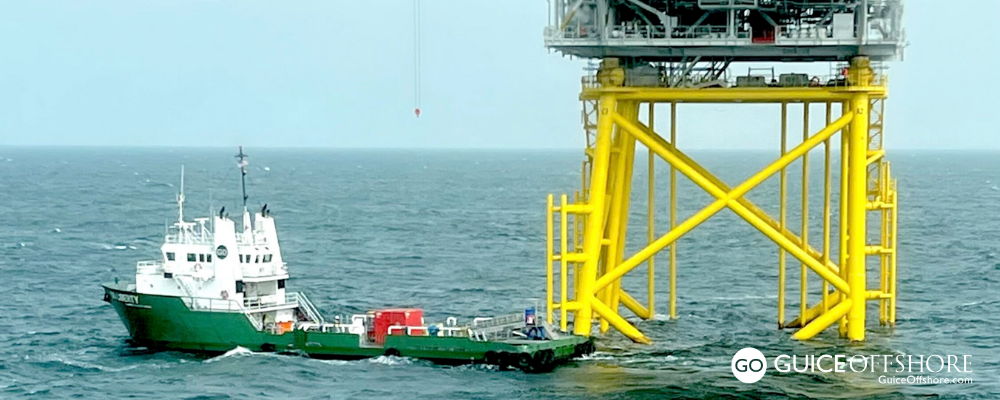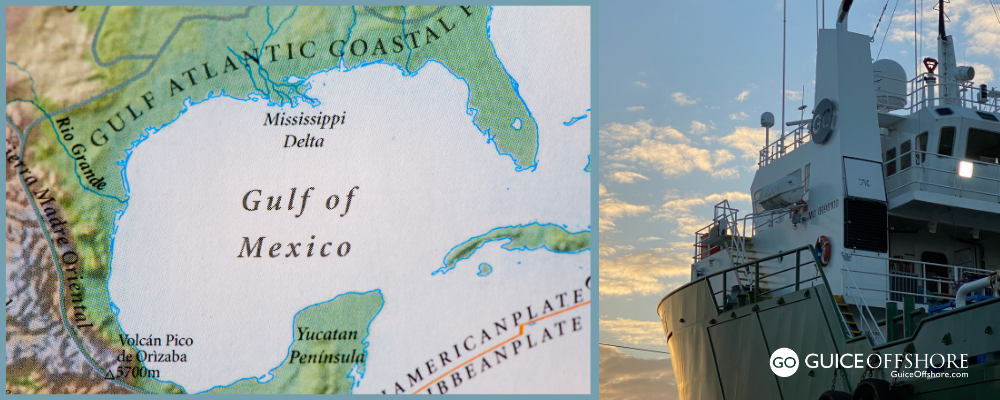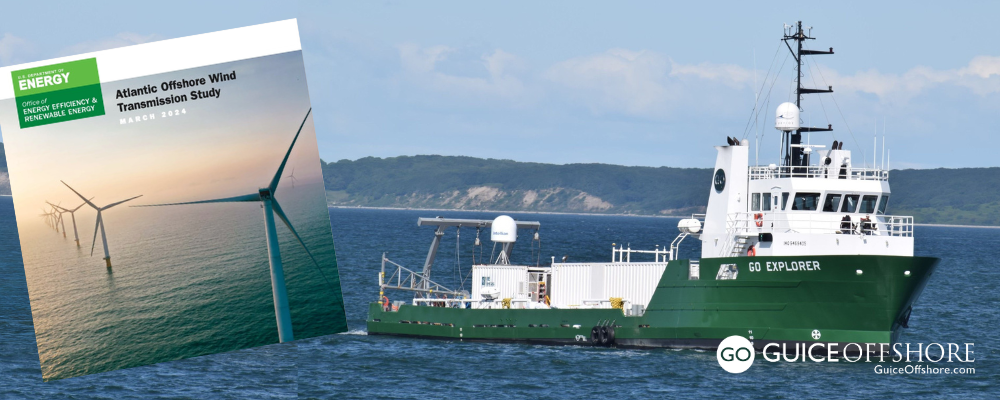Interior and Energy Departments Release Comprehensive Transmission Action Plan to Unlock America’s Vast Potential of Atlantic Offshore Wind Energy
On September 19, 2023, the U.S. Departments of the Interior and Energy released An Action Plan for Offshore Wind Transmission Development in the U.S. Atlantic Region, setting in motion bold actions that will catalyze offshore wind energy.
The Action Plan was informed by the Atlantic Offshore Wind Transmission Study (which is expected to be released on October 31, 2023) by the National Renewable Energy Laboratory and Pacific Northwest National Laboratory, as well as a series of convening workshops with subject matter experts and decision makers, including Tribal nations, state governments, and regional transmission operators held from April 2022 to March 2023.
To read the interim report, click here.
The announcement came during Climate Week 2023 in New York City during a broad range of events to highlight America’s historic climate agenda.
This comprehensive Action Plan developed by the Interior Department’s Bureau of Ocean Energy Management (BOEM) and the Energy Department’s Grid Deployment Office outlines immediate actions needed to connect the first generation of Atlantic offshore wind projects onto the electric grid, and longer-term efforts to support needed transmission over the next several decades. Coordinated planning can help speed up timelines and lower project costs, while strengthening grid reliability and resilience.
Since 2021, 19 offshore wind shipbuilding projects have been announced, as well as investments of nearly $3.5 billion across 12 manufacturing facilities and 13 ports to strengthen the American offshore wind supply chain, representing thousands of new jobs. Investments in the U.S. offshore wind industry have increased by $7.7 billion, and the number of companies looking to support this supply chain has risen 54% to 4,100 companies across all 50 states.
BOEM and federal partners are engaged in a thoughtful, all-of-government approach to collaborating on issues like ocean co-use and efficient permitting to build a robust offshore wind industry that benefits communities and co-exists with other ocean users with minimal impacts. Also, four commercial-scale, offshore wind energy projects have been approved and the BOEM remains on track to complete reviews of at least 16 offshore wind project plans by 2025, representing more than 27 gigawatts of clean energy.
Just last week, the BOEM completed an environmental review for a fifth proposed project, with more on the horizon.
An Action Plan for Offshore Wind Transmission Development in the U.S. Atlantic Region
An Action Plan for Offshore Wind Transmission Development in the U.S. Atlantic Region details how wind resources could efficiently be captured off the Atlantic Coast of the United States and delivered to communities as clean, reliable power. It outlines immediate actions needed to connect the first generation of Atlantic offshore wind projects to the electric grid, as well as longer-term efforts to increase transmission over the next several decades. Over the mid- to long-term, increased intra-regional coordination, shared transmission lines, and an offshore network of high-voltage direct-current interlinks can more efficiently bring this energy onshore.
The plan’s recommendations for federal, state and local governments, industry, and stakeholders include:
- Before 2025: Establish collaborative bodies that span the Atlantic Coast region; clarify some of the building blocks of transmission planning, including updating reliability standards and identifying where offshore transmission may interconnect with the onshore grid; and address costs through voluntary cost assignments and tax credits.
- From 2025 to 2030: Simultaneously convene and coordinate with states to plan for an offshore transmission network; with industry to standardize requirements for HVDC technology; and with federal agencies, Tribal nations, state agencies, and stakeholders to identify and prioritize transmission paths on the outer continental shelf.
- From 2030 to 2040: Establish a national HVDC testing and certification center to ensure compatibility when interconnecting multiple HVDC substations to form an offshore grid network.
The U.S. Energy Department and multiple Atlantic states have begun work on the first of these recommendations, which is the formation of an Offshore Wind Transmission State Collaborative to develop a shared vision on policy and approach to coordination for offshore transmission development.
Nine East Coast states and four Federal agencies sign new agreement to strengthen regional collaboration on offshore wind supply chain development
New Atlantic Transmission Action Plan is another step in broader strategy to seize near-term and long-term offshore wind opportunities across America
Additional new steps were taken to expand America’s offshore wind supply chain to benefit workers and communities, plan and build transmission infrastructure to connect projects to the grid, and advance innovation to reduce deployment barriers and lead on cutting-edge technologies. American workers across manufacturing, shipbuilding, construction and other sectors are building this new industry right now.
To help unlock offshore wind opportunities for decades to come and support state goals for clean energy and economic development, the newest steps include:
- Securing East Coast Memorandum of Understanding on Offshore Wind Supply Chain Collaboration: As part of ongoing efforts of the Federal-State Offshore Wind Implementation Partnership, nine East Coast states and four federal agencies are announcing a new Memorandum of Understanding (MOU) to strengthen regional collaboration on offshore wind supply chain development. The MOU will help expand manufacturing facilities, port capabilities, workforce development, and other key supply chain elements in a coordinated and sustainable way. MOU efforts include:
- The states of Connecticut, Maine, Maryland, Massachusetts, New Hampshire, New Jersey, New York, North Carolina, and Rhode Island will develop sub-regional implementation plans to harness each other’s existing strengths, efficiently fill high-priority gaps, and advance economic development and environmental justice.
- Federal agencies—the Departments of Energy, the Interior, Commerce, and Transportation—will provide technical support to the states and help develop a shared East Coast procurement and leasing timeline to facilitate greater alignment.
- The MOU will encourage investment in multiple states to meet offshore wind goals, building on supply chain plans that are underway and improving coordination going forward, including through future solicitations. In particular, the MOU provides a path for states to incentivize the development of U.S. offshore wind vessels and U.S. steel production, helping support expansion of these industries and good-paying jobs across multiple regions.
- States and federal agencies will collaborate on addressing supply chain needs for both fixed-bottom and floating offshore wind, including port infrastructure, and advance best practices for quality jobs and community benefits.
- While this MOU focuses on coordination between East Coast states, which have the most advanced offshore wind projects in the country and have helped spur initial U.S. supply chain development, the benefits are expected to be national in scope. This MOU supports broader efforts of the Federal-State Offshore Wind Implementation Partnership to fill national supply chain gaps identified in the U.S. Offshore Wind Supply Chain Roadmap, which can unlock tens of thousands of good-paying jobs throughout the country.
- Launching Atlantic Offshore Wind Transmission Action Plan: During the week of September 19, 2023, the Department of Energy and the Department of the Interior (DOI) issued a comprehensive action plan to connect the first generation of Atlantic offshore wind projects to the electric grid and increase transmission over the next several decades. This plan lays out steps to collaborate across jurisdictions on transmission planning, technological development, economic support, and siting and permitting. Informed by a series of stakeholder convenings and an ongoing study of buildout scenarios, these actions will help guide cost-effective transmission solutions, including network approaches to connect multiple projects to shore.
- Funding Wind Energy Innovation Projects: The DOE also announced three sets of selections for a combined $72 million support a range of wind energy research and technology development areas. The DOE’s Advanced Materials and Manufacturing Technologies Office selected 13 projects to receive a combined $30 million to innovate manufacturing processes for wind turbine equipment, such as using 3D printing to make large turbine blades. AMMTO also announced $15 million for a project to innovate domestic production of large, metallic components for offshore and onshore wind energy and hydropower that will reduce costs and completion time. DOE’s Wind Energy Technologies Office awarded $27 million from the President’s Bipartisan Infrastructure Law to support 15 projects to lower costs and address deployment barriers across both offshore and land-based wind. Among these awards, four projects will advance high-voltage direct current (HVDC) transmission technologies for offshore wind, including by developing innovative controls and standards and supporting workforce training needs. Five projects will support offshore wind social science research, including efforts to build capacity for affected communities to better participate in and benefit from offshore wind development—furthering the Biden-Harris Administration’s commitment to advancing offshore wind in a way that promotes ocean co-use, protects biodiversity, and provides local economic opportunities.
These latest steps will help drive long-term growth across the American offshore wind industry with a multi-prong offshore wind strategy.
About the Atlantic Offshore Wind Transmission Study
The National Renewable Energy Laboratory (NREL) explains that the Atlantic Offshore Wind Transmission Study is evaluating coordinated transmission solutions to enable offshore wind energy deployment along the U.S. Atlantic Coast by addressing gaps in existing analyses.
State renewable energy targets and the national goal of 30 gigawatts (GW) of offshore wind energy by 2030 show strong government support for offshore wind energy development. Meeting the goal of 30 GW by 2030 could unlock a pathway to 110 GW by 2050. Ensuring adequate and timely transmission access for offshore wind is critical to achieving state and national deployment goals.
The Atlantic Offshore Wind Transmission Study will evaluate multiple pathways to offshore wind goals through coordinated transmission solutions along the U.S. Atlantic Coast in the near term (by 2030) and long term (by 2050) under various combinations of electricity supply and demand while supporting grid reliability and resilience and ocean co-use.
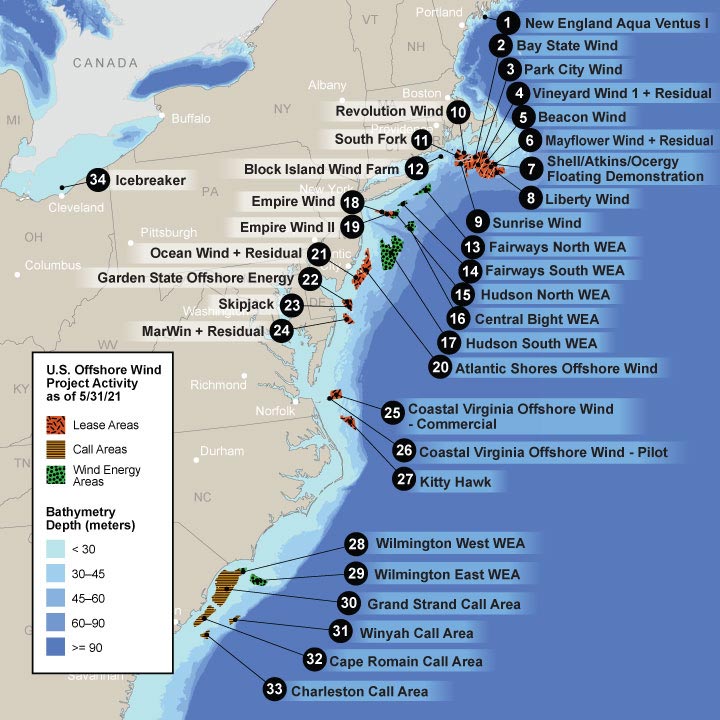
This 2-year study will:
- Evaluate coordinated transmission solutions to enable offshore wind deployment along the U.S. Atlantic Coast, addressing gaps in previous analyses
- Compare different transmission technologies and topologies, quantify costs, assess reliability and resilience, and evaluate key environmental and ocean co-use issues
- Produce timely results to inform decision making and offer feasible solutions, data, and models that may benefit stakeholders in their own planning processes.
Researchers from NREL and Pacific Northwest National Laboratory are conducting this study by creating multiple scenarios of interstate, interregional transmission topologies (size, shape, branching, and location of transmission lines) between now and 2030 and 2050.
To read more about it, click here.
